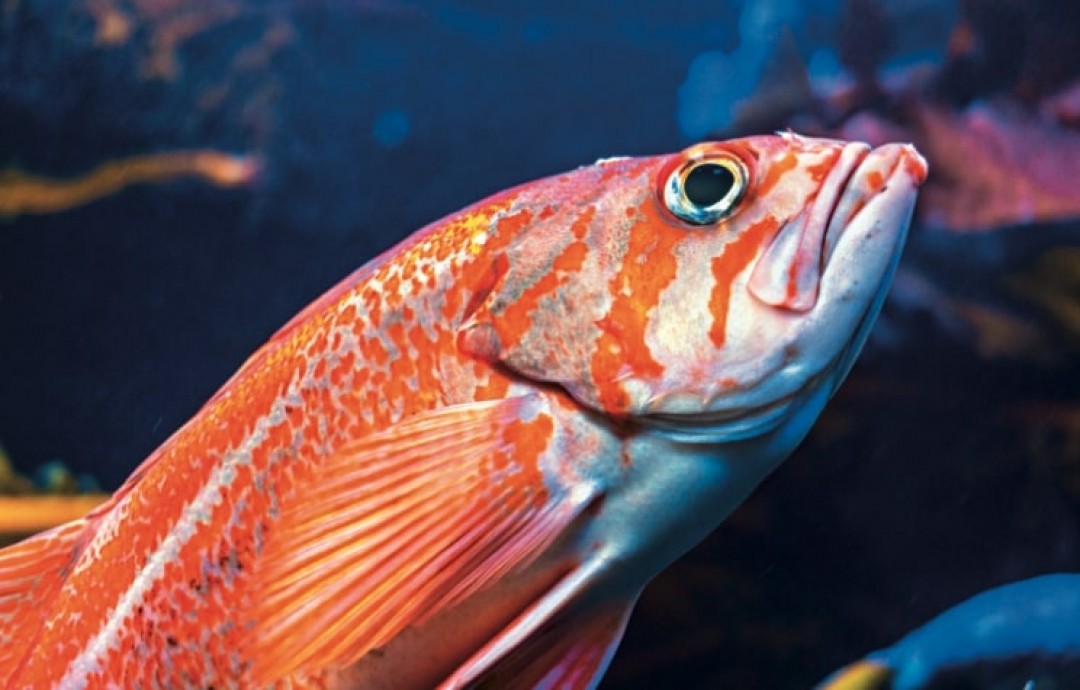From the middle of March…here there are times from my car radio, while next to the display the thermometer showed just 7 degrees in Syntagma on Wednesday, March 19. The funny thing was that three days earlier on Sunday, March 16, the thermometer in the same area showed 26 degrees, that is, a drop of 19 degrees. A cold snap. After the heat of 33-34 degrees in N. Crete, with forest fires in Chania, strong southerly winds with dust and swallows from Africa, it suddenly became winter, with snow on the mountains, frost in the lowlands, temperatures of 6-8 degrees below zero! and northerly winds of 8-9 BF in the Aegean. “Look, what is happening, look… what is happening”, as the unforgettable Avlonitis used to say…
This is what is happening… The Intergovernmental Panel on Climate Change (IPCC) reports that human activities have caused global temperatures to rise by almost 1.1°C above pre-industrial levels and an energy imbalance on earth. With 89% of the thermal energy stored in the oceans, 6% increasing the temperature of the earth, 4% warming the cryosphere and about 1% the atmosphere.
Melting ice and warming seas are causing sea levels to rise, with the risk of coastal flooding. This rise will accelerate in the coming years, reaching up to 1.1 meters by 2100. Ocean warming is causing coral bleaching, destroying biodiversity and marine species, putting our food and livelihoods at risk. Destructive cyclones, which occur more frequently, absorb heat from the sea, increasing their intensity and duration. The surface temperature of the sea in 2024 was 5-6 degrees above normal levels in the Aegean, Adriatic, Black Sea, Levantine Sea, SE Ionian Sea and by 1-3 degrees in the W. Mediterranean. High temperatures were also recorded in the warm winter of 2023-24 and 2025.
The warming of the Mediterranean Sea is causing more frequent marine heat waves, which play a decisive role in the appearance of new fish species in its waters, with a large increase in the number of settled species in recent years. As the Mediterranean warms, it becomes friendlier to the life of the thermophilic species of the Red Sea, which borders the Eastern Mediterranean through the Suez Canal...
However, two conditions must coexist for this to happen in the Eastern Mediterranean ecosystem: a transport route, such as the Suez Canal or the ballast and hulls of ships, and a friendly reception and settlement environment, shaped by the climate crisis. Dangerous fish therefore threaten biodiversity and our health, since some species are harmful for consumption, such as the Lagocephalus. It is a poisonous, bony marine fish, first recorded in 2005 in the seas of Crete. Its color is dark brown, with a black back and four sharp teeth. Its body is long and narrow, compressed laterally, with a bloated belly without scales and a weight from a few grams to 13 kilograms. Three other dangerous fish that we might catch in the summer are the Lionfish with its large fins and deadly poison, the Moonfish, and the eel-like Plotosus lineatus.
The holidays are approaching and the bright Greek sun invites us to the Aegean, the Ionian, Crete, the Peloponnese, Chalkidiki, Euboea, the Sporades, the Dodecanese, to enjoy the best beaches of the Mediterranean with its unique crystal clear, blue-green waters. However, we must be observant and pay attention to avoid dangerous, uninvited, underwater visitors, to be able to taste delicious fresh local sea bass, lobsters, gurnards, shrimp, sea-bream, octopus, crayfish, oysters, sea urchins, mullets, groupers and so many other delicious Greek seafood dishes accompanied by ouzo, tsipouro, wine and dancing to Greek music and songs. We have come to the end of our journey….

 EN
EN  GR
GR 









